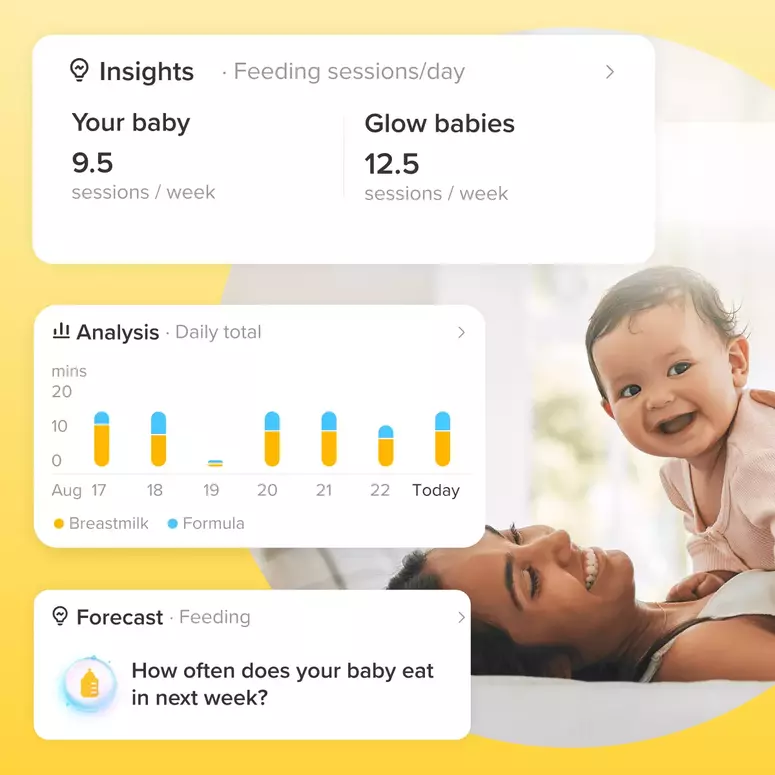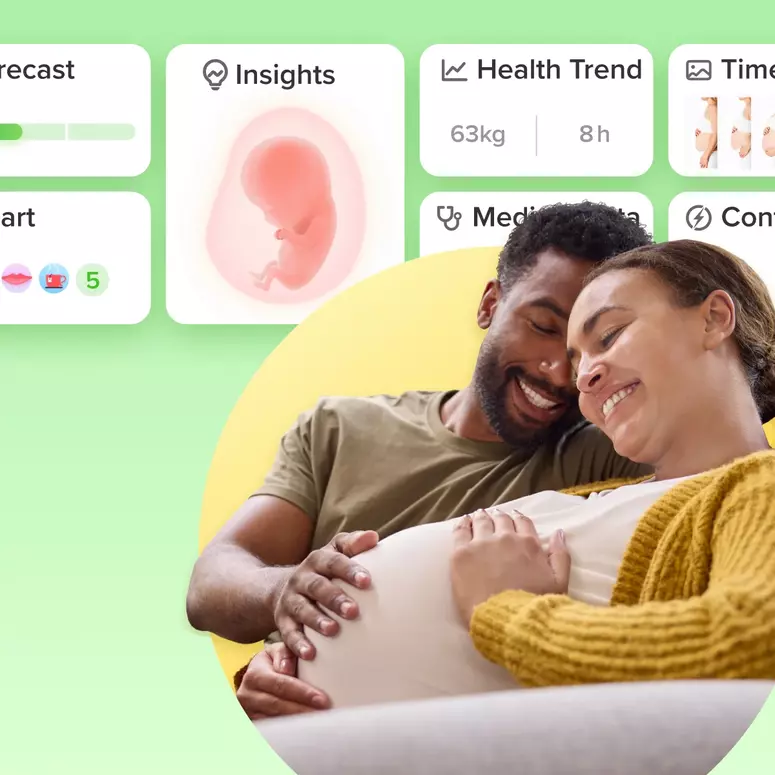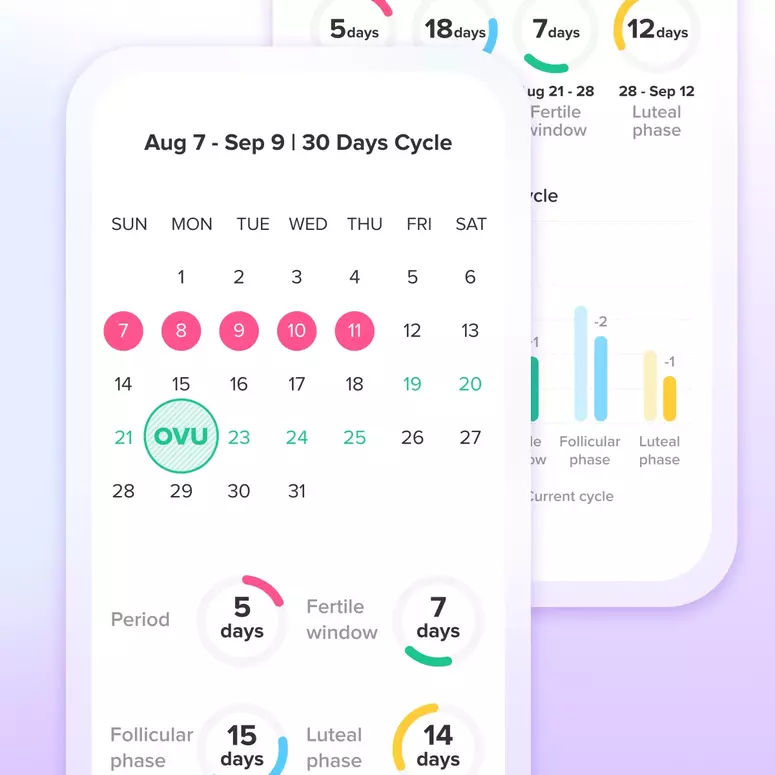You need to read this
Delaying a first pregnancy until a girl is at least 18 years of age helps to ensure a safer pregnancy and childbirth. It reduces the risk of her baby being born prematurely and/or underweight. This is especially important where early marriage is the custom and married adolescents face pressure to become pregnant.
Childbirth is more likely to be difficult and dangerous for an adolescent than for an adult. Babies born to very young mothers are much more likely to die in the first year of life. Young adolescents do not yet have a fully developed pelvis. Pregnancy for them can result in serious consequences, such as eclampsia, premature labour, prolonged labour, obstructed labour, fistula, anaemia (thin blood) or infant and/or maternal death.
The younger the mother is, the greater the risk to her and her baby. The risk of maternal death related to pregnancy and childbirth for adolescent girls between 15 and 19 years of age accounts for some 70,000 deaths each year. For adolescents under 15 years of age these risks increase substantially. Girls who give birth before age 15 are five times more likely to die in childbirth than women in their twenties.
Adolescent girls and young women, married or unmarried, need special help to delay pregnancy. All who might be involved with an early pregnancy – adolescent girls and young women and adolescent boys and men as well as their families – should be aware of the risks involved and how to avoid them. This should include information on how to prevent sexually transmitted infections (STIs), including HIV.
After the age of 35, the health risks associated with pregnancy and childbirth begin to increase again. The risks may include hypertension (high blood pressure), haemorrhage (loss of blood), miscarriage and gestational diabetes (diabetes during pregnancy) for the woman and congenital anomalies (birth defects) for the child.
This is why I make a big deal about Dani Cohn romanticizing teen pregnancy
Let's Glow!
Achieve your health goals from period to parenting.




